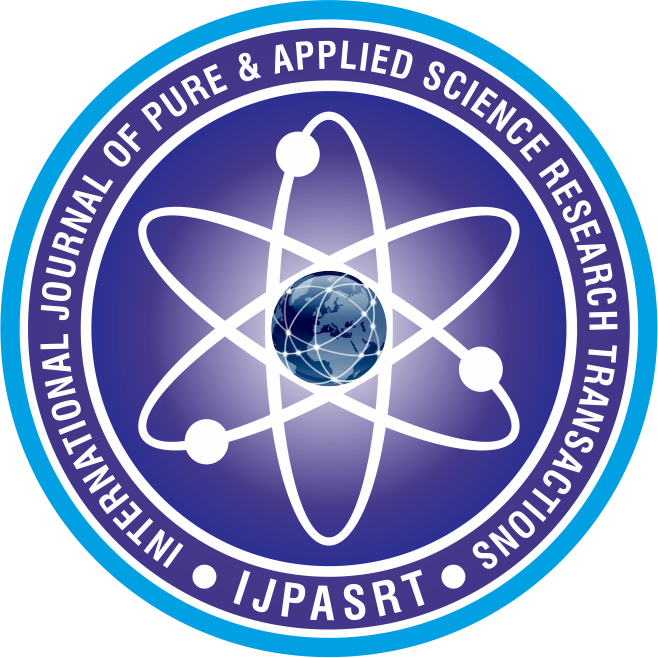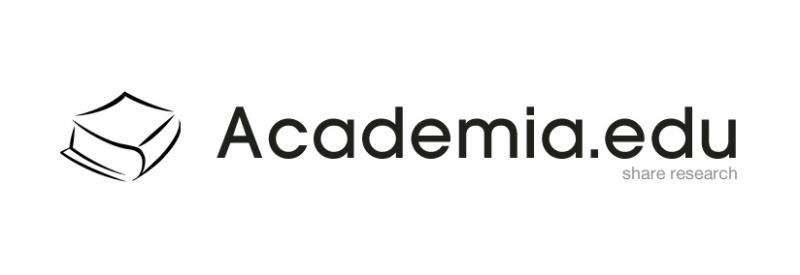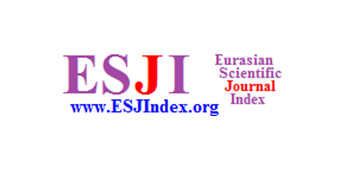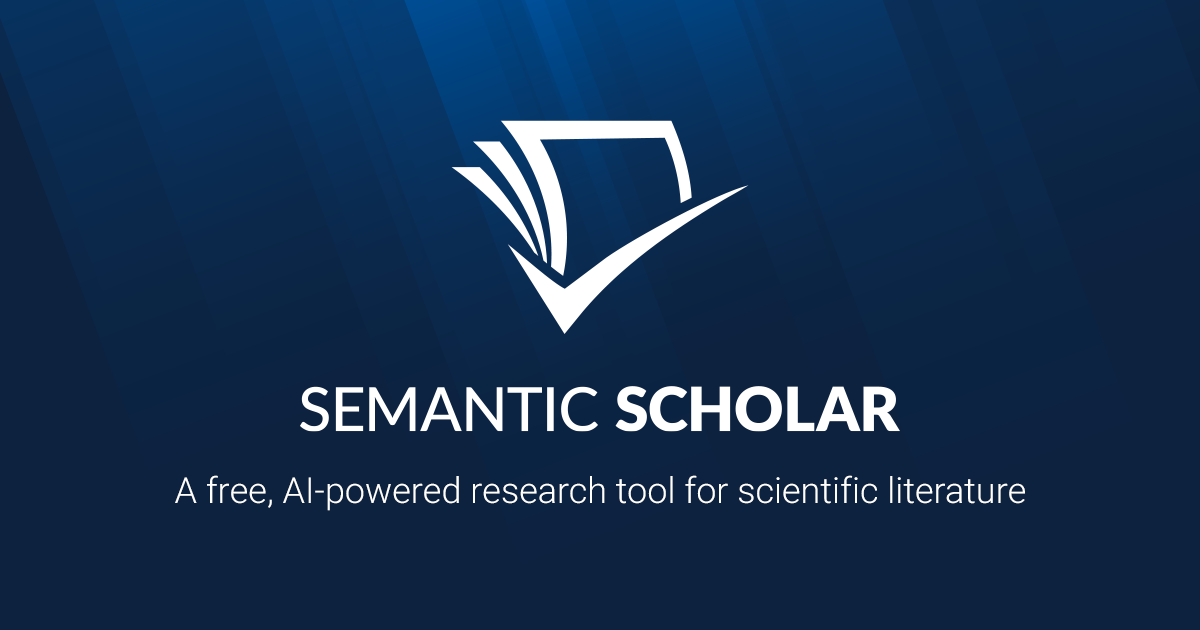

ELECTROCHEMISTRY AND ENERGY STORAGE: PRINCIPLES, ADVANCES AND APPLICATIONS
180 Downloads
418 Views
Keywords
Electrochemistry; Energy storage systems; lithium-ion batteries; Super capacitors; fuel cells; Redox
reactions; Electrode materials; Nano materials; Battery efficiency; Smart grids; Renewable energy; AI in battery management
Abstract
The rapid transition toward renewable energy and electric mobility has elevated the importance of electrochemical energy storage technologies. This paper presents a comprehensive review of the fundamental principles, materials, systems, and applications of electrochemical energy storage, including batteries, super capacitors, and fuel cells. Key electrochemical concepts such as redox reactions, electrode potentials, ion transport, and the Nernst equation are discussed in relation to their role in energy conversion and storage mechanisms. The paper further explores the evolution of lithium-ion, sodium-ion, solid-state, and emerging battery chemistries, along with the unique properties of super capacitors and fuel cells. Special emphasis is placed on electrode material selection, the role of
nano materials and conductive polymers, and advanced characterization techniques. Performance metrics such as energy efficiency charge/discharge cycles, and safety considerations are critically examined. Applications in portable electronics, electric vehicles, grid storage, and aerospace are analyzed, highlighting the specific requirements of each domain. Finally, the study identifies ongoing challenges such as scalability, recycling, and integration with smart grid systems, while exploring future trends including AI-based battery management and novel material innovations. This paper aims to provide a unified understanding of electrochemical energy storage systems to guide future research and industrial deployment.
Published
Dec. 20, 2024
Issue
VOLUME: 3 | ISSUE: 2 - 2024
Licensing

This work is licensed under a Creative Commons Attribution Non-Commercial 4.0 International License.


This work is licensed under a Creative Commons Attribution Non-Commercial 4.0 International License.
Copyright © Copyright@Int. J. Appl. Engg. Res. Trans.















